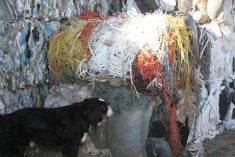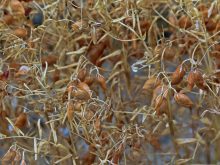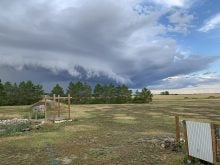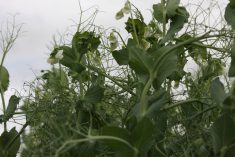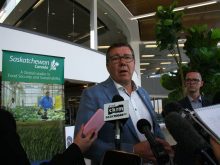Two Assiniboine Community College instructors have received a $25,000 grant from the Manitoba government to document medicinal plant species in the province’s southwest corner.
Students will use global positioning systems and geographic information systems to inventory and document areas where the plants are located.
The college hopes aboriginal communities will be able to use the information to rediscover their traditional knowledge of medicinal plants and remedies.
“This project will provide an opportunity for our students from different programs and schools of study to work together on a very important part of our cultural heritage in this province,” Nicole Rabe, an instructor in GIS environmental technologies, said in a college news release.
Read Also

Alberta looks for agricultural plastic management input
Alberta provincial government giving agriculture industry a say through survey in shaping future plastics management
Rabe and instructor Leona McIntyre will begin this year by asking aboriginal elders to identify the types and locations of commonly used medicinal plant species.
Next year the instructors will hire two of the college’s co-operative education students to carry out a field geospatial survey of the medicinal plant inventory in Spruce Woods Provincial Park.
The park is situated on the Assiniboine Delta aquifer and has a high level of biodiversity.
“The importance of traditional ecological knowledge has been a part of the aboriginal livelihood for thousands of years. As aboriginal people, we are given the gift of being guardians of Mother Earth and by respecting the land, we are teaching our children the importance of understanding the medicines and their uses,” McIntyre said in the release.
“This is a very exciting project and by combining the resources between two different programs and faculties, we can truly say that we are protecting our future.”


